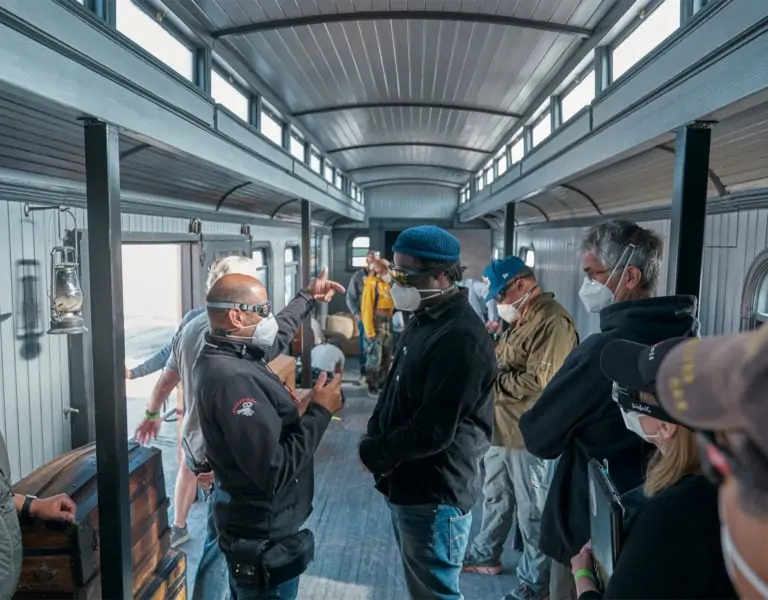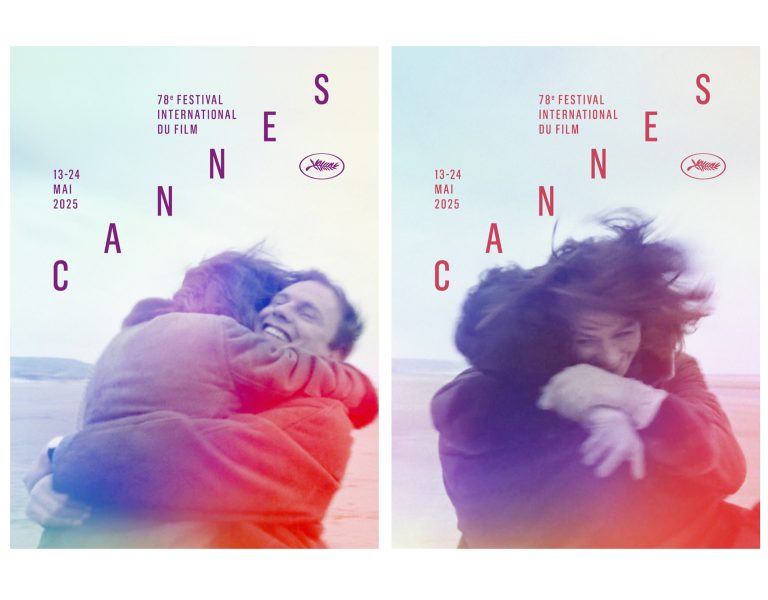
Cinematographer and DoP James Kniest’s impressive international career has included lighting several high-profile horror genre movies including the recently released The Free Fall directed by Adam Stilwell, on which he enjoyed using Astera Titan and Helios Tubes to provide multiple lighting solutions.
The entire movie was shot on location in a heritage-listed house in the Adams area of Los Angeles, so when James needed to get light sources into assorted – often awkward or hard to access – spaces, corners, nooks, and crannies, he found the battery powered Astera LED tubes an invaluable asset.
The production’s lighting department carried two sets of Titan Tubes and two sets of the smaller Helios Tubes, all powered by Astera’s award-winning Titan LED engine.
Shooting in a protected building meant that nothing could be rigged or attached to the walls or ceilings, so Astera’s practical design, multiple mounting options and great versatility was perfect for numerous scenarios.

For convenience, the Tubes were often mounted in Kino housings for easy rigging and control via louvres. James sometimes added Opal 250 diffusion gel to the egg-crate for subtle softening, and other times would position the bare Titan and Helios Tubes on the floor or even have them hand-held for some shots.
On several occasions, he taped them into corners or in between wall and doorframe casings, generally capitalising on their great adaptability.
As well as creative rigging, he used the fixtures to produce a diversity of effects.
“I love how easy they are to program for flickering effects like a TV or to accompany sirens, and especially for fire EFX to augment a candle or firelight,” he stated, adding that he also appreciates the chase mode to create kinetic and moving light.
On another recent show, he deployed a 20ft line of Titan Tubes end to end and chased down the entire length of these to simulate the light coming from a Molotov cocktail being thrown through a window and passing through a room.
For The Free Fall, the Titan and Helios Tubes were mostly run wirelessly and via Luminair 4 for control. “The battery power is super reliable and means we don’t need to manage or dress cables, so with time always being a critical factor for lighting on a movie shoot, they can be rigged swiftly and safely, sometimes just with a couple of strips of gaffer tape at almost any angle!”
He also mentions that they are “great for fixing inside cars”.
So, the infinite colour options, high CRI, easy wireless control, and plethora of SFX settings to match “whatever light source we are emulating,” plus the extensive rigging options and “amazing” battery life are all huge benefits. Due to the brightness, he finds he rarely even uses the Titan Tubes at full power!

Lighting takes on some very special roles in the horror genre, and in The Free Fall it was a key factor in reinforcing the timeless feel and visuality of the piece, so the movie cannot be pinned to a specific era. With no electronic devices other than a couple of rotary phones to hint at this, the aim was to uphold a classic rather than a period aesthetic.
Lighting was also integral to building the mystery and suspense of the narrative.
James, whose early professional career embraced stills and underwater photography, is a big advocate for not over-lighting, and he is a master at crafting scenes to look dark, while they are in fact enabling the viewer to see every little detail!
Creating this texture and tonality brings a depth and richness that captivates and enthrals, sparking the viewer’s imagination, and is a big part of the alchemical magic associated with the best cinematic experiences.
James particularly enjoys working with light that can be sculpted and shaped through windows and then intensified from within the room or space, giving the cameras more latitude to roam and the opportunity to shoot simultaneously with two cameras at different angles.
“It is all about light quality and direction of the light and giving a weight to the images whilst still being able to see actors’ expressions.”
James, who is based in LA and working globally, has been using Astera Titan Tubes since they were first launched, after an original recommendation by one of his regular gaffers, Sean Smith, who had some of the first Astera units in LA.
James’ other acclaimed lighting work in the horror movie genre can be seen in gothic romance / drama The Haunting of Bly Manor supernatural horror Annabelle, Netflix mini-series Midnight Mass, and ‘slasher’ thriller, Hush.













